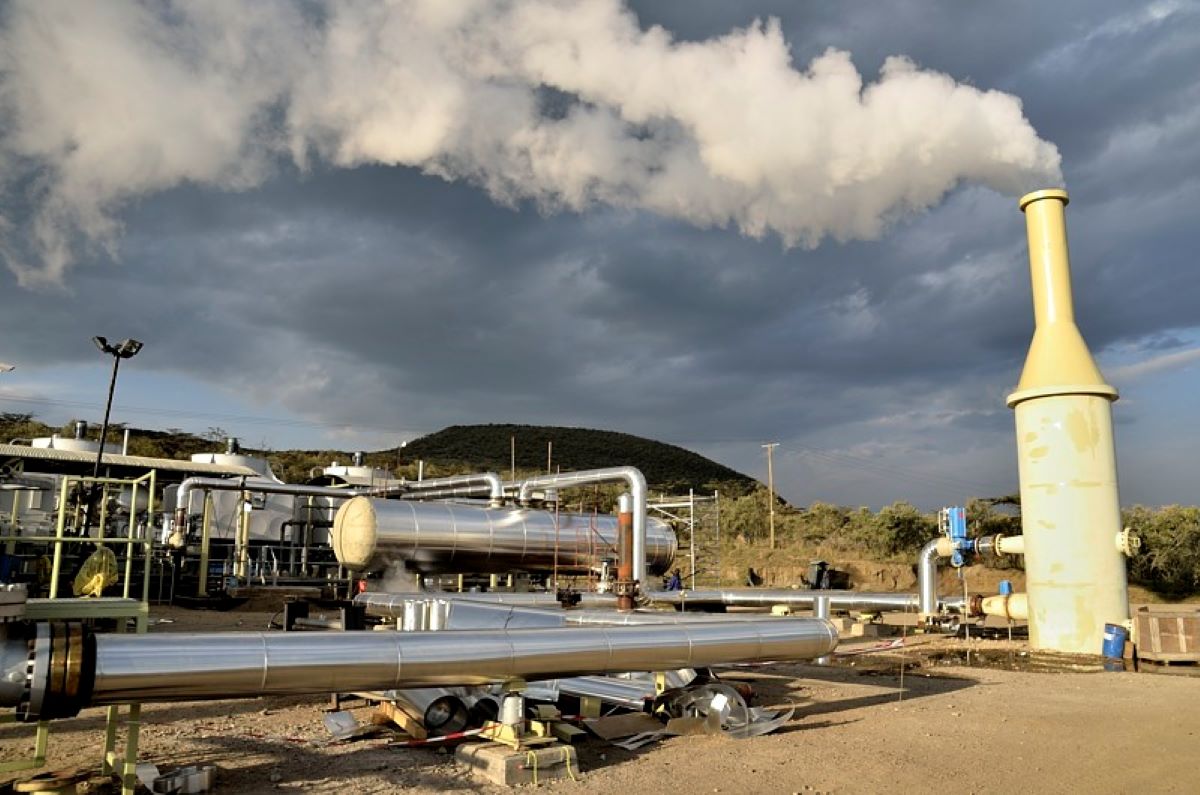At a Glance
- Kenya plans the world’s first geothermal-powered fertilizer plant to boost food security and cut emissions.
- The project links clean energy with agriculture, reducing reliance on costly imported fertilizers.
- Construction begins 2026, targeting one million tons annual output by 2030.
Kenya is taking a major step toward cleaner agriculture with plans to build the world’s first green fertilizer plant powered entirely by geothermal energy.
The project reflects the country’s effort to link renewable power with food security, a move that could reshape how fertilizer is produced across Africa.
The plant, planned for Kenya’s Rift Valley, will use steam from underground reservoirs to generate the energy needed to produce ammonia and nitrogen-based fertilizers without relying on fossil fuels.
The goal is twofold: to cut emissions and reduce dependence on imported fertilizer, which has long made local food prices vulnerable to global market swings.
Turning steam into sustainability
Kenya’s geothermal potential is vast. The Ministry of Energy and Petroleum estimates the country could produce more than 10,000 megawatts of geothermal power, though only about 950 megawatts are currently in use, mainly at the Olkaria fields in Naivasha.
The new facility will use that untapped energy to power electrolysers that extract hydrogen from water. The hydrogen will then be combined with nitrogen from the air to produce low-carbon fertilizer in a fully renewable process.
The first phase of construction is expected to begin in 2026, with an annual capacity of about 200,000 tons. By 2030, production could reach one million tons, a significant milestone in Kenya’s push for food self-sufficiency and carbon neutrality.
Jobs, growth, and climate goals
“KenGen is conducting feasibility studies at Olkaria and Menengai, where geothermal steam is abundant,” said Managing Director Abraham Serem. “Our focus is on creating a commercially viable, climate-friendly fertilizer that supports farmers and drives local growth.”
The project is expected to generate thousands of jobs for engineers, technicians, and small businesses that support both energy and agriculture.
Beyond economics, officials hope it will help farmers manage production costs and protect them from global fertilizer price shocks.
If successful, Kenya’s geothermal-powered fertilizer plant could serve as a model for other African nations seeking cleaner, more reliable industrial growth anchored in local resources and designed for long-term resilience.















